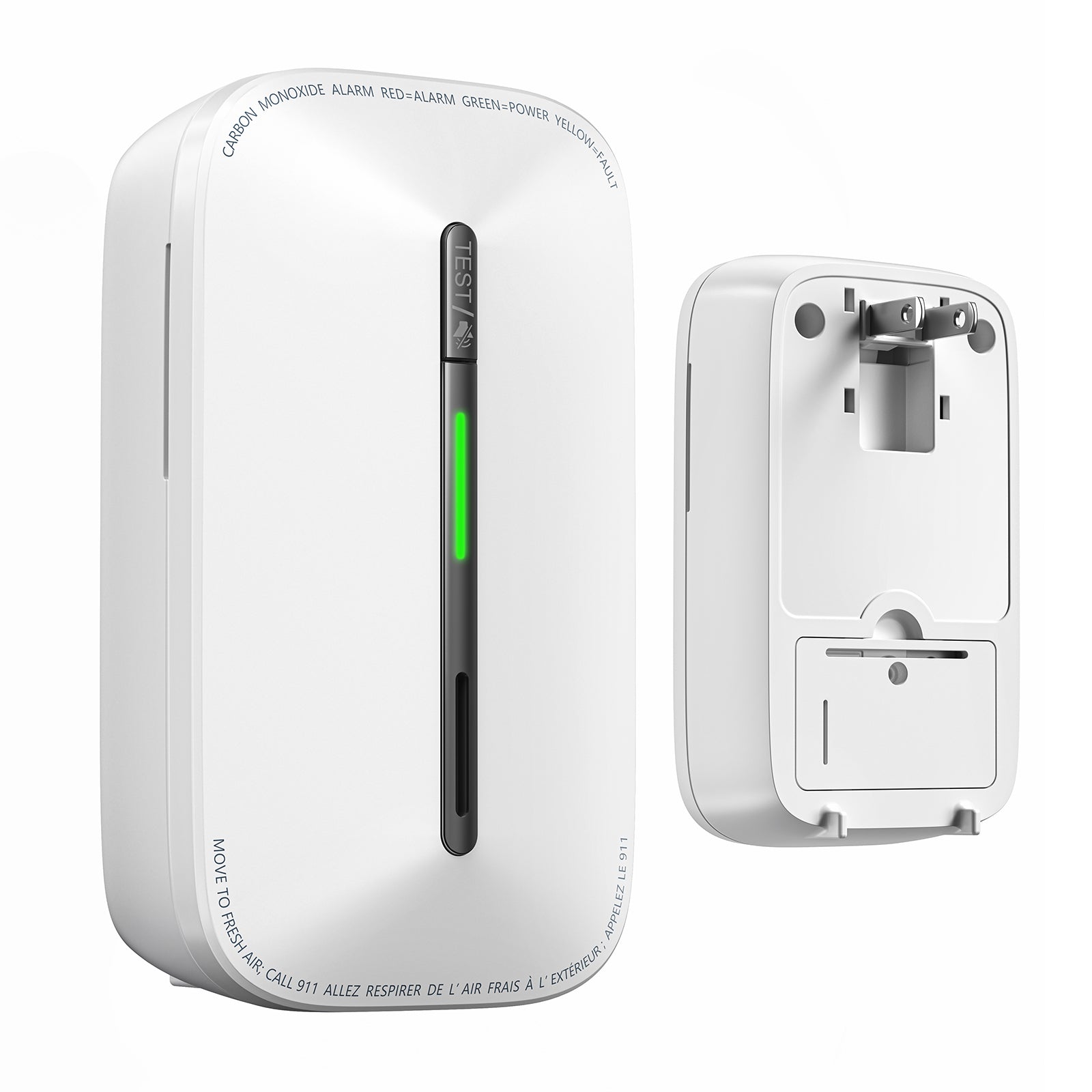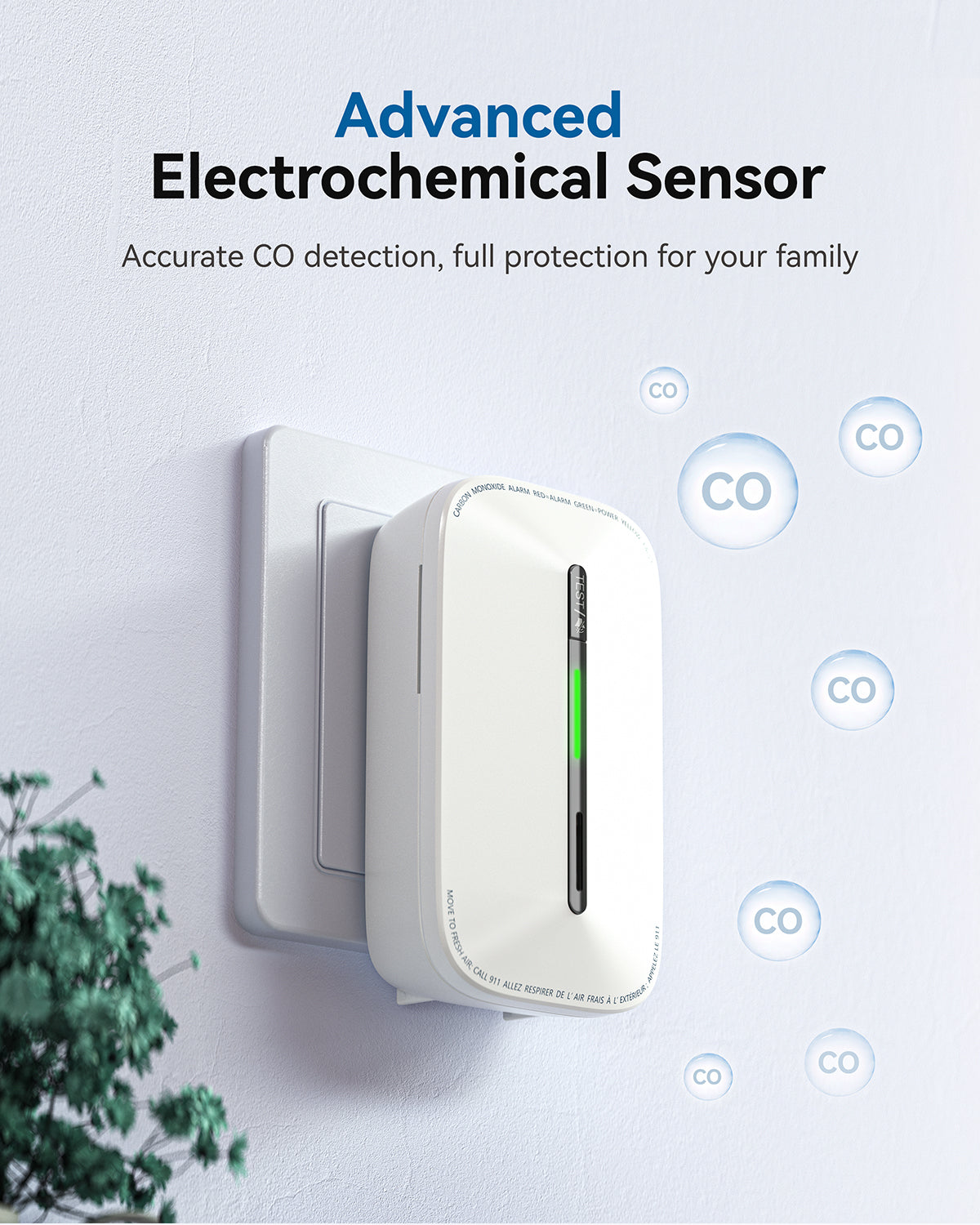Smoke alarms are essential devices that can save lives by alerting us to the presence of smoke and potential fires in our homes. When it comes to choosing the right smoke alarm, it's important to understand the differences between ionization and photoelectric smoke alarms. Both types have distinct advantages, but in recent years, photoelectric smoke alarms have gained recognition for their effectiveness in detecting smoldering fires, making them a preferable choice for many homeowners.
Ionization Smoke Alarms:
Ionization smoke alarms operate by using a small amount of radioactive material (usually americium-241) to ionize the air inside the alarm chamber. When smoke particles enter the chamber, they disrupt the ionization process, triggering the alarm. Ionization alarms are particularly sensitive to fast, flaming fires with high heat but may not respond as quickly to slow-burning, smoldering fires.
Photoelectric Smoke Alarms:
Photoelectric smoke alarms work on a different principle. They use a light beam and a sensor to detect smoke particles in the air. When smoke enters the chamber, it scatters the light, causing it to hit the sensor and activate the alarm. Photoelectric alarms are highly effective at detecting smoldering fires, which tend to produce more smoke before the flames become visible.
Why Choose Photoelectric Smoke Alarms:
-
Early Detection of Smoldering Fires: Smoldering fires can release toxic gases and fill a home with smoke before erupting into flames. Photoelectric smoke alarms excel at detecting these types of fires, providing early warning and potentially life-saving time to escape.
-
Fewer False Alarms: Photoelectric alarms are less likely to be triggered by cooking fumes or steam, reducing the occurrence of annoying false alarms. This can prevent the temptation to disable the alarm, ensuring it remains functional when a real emergency occurs.
-
Better for Bedrooms and Living Spaces: Photoelectric smoke alarms are ideal for bedrooms and living areas where smoldering fires are more common. Placing them in these locations enhances your overall fire safety strategy.
-
Compliance with Safety Recommendations: Many safety organizations, including the National Fire Protection Association (NFPA), recommend the use of photoelectric smoke alarms due to their effectiveness in detecting various types of fires.
-
Improved Safety for Vulnerable Populations: For individuals who might have difficulty escaping a fire quickly, such as the elderly or people with disabilities, early detection provided by photoelectric alarms can be crucial.
In summary, while both ionization and photoelectric smoke alarms have their own merits, the preference for photoelectric alarms has increased due to their ability to detect smoldering fires early. When it comes to the safety of your home and loved ones, investing in the Siterwell GS528A Smoke Alarm can give you peace of mind and potentially save lives in the event of a fire. Stay safe and choose wisely!






